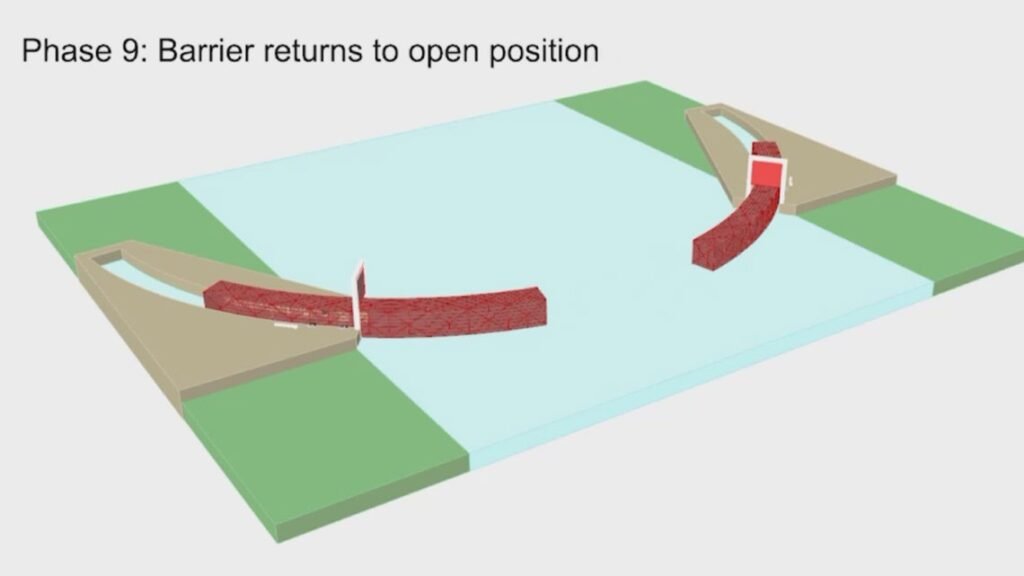
The projects by a group at Rice University is designed to complement the Ike Dike to help protect people along the Gulf Coast.
HOUSTON — A team at Rice University has unveiled a new infrastructure project proposal aimed at strengthening protection against major storm surge for vulnerable communities and industry along Galveston Bay.
The Galveston Bay Park Plan (GBPP) is an effort by the Severe Storm Prediction, Education and Evacuation from Disaster (SSPEED) Center at Rice University to complement the Texas Coastal Project, also known as the Ike Dike. The GBPP primarily focuses on protection for communities along the western shore of Galveston Bay as well as industry going up through the Houston Ship Channel.
“It’s incredibly important to our economic and environmental future,” Jim Blackburn, the co-director of the SSPEED Center, told KHOU 11.
Blackburn and SSPEED Center director Philip Bedient developed the project to be a more time- and cost-effective substitute for gates and pumps planned along Dickinson Bayou and Clear Lake. The plan includes elements like a park and in-bay barriers, but the main piece is a mid-bay levee system to protect against storm surge from major hurricanes.
“The gate is actually designed where it would come out, float into place and then it would sink and provide that 25 feet of protection,” Bedient said.
That 25 feet of protection would be a major factor in protecting the region from severe storm surges which put homes and industry at risk. Blackburn and Bedient said some industry infrastructure for shipping and refineries in the area are not built to withstand extreme storm surges. Facing such a surge could lead to a significant environmental and economic disaster.
The proposal has an estimated cost of $7 billion, which the project leaders say is cost-effective compared to other similar ideas. Blackburn and Bedient said they have had several meetings with officials in the region about the project and promote its estimated timeline as an advantage to meet the urgency of the issue.
“This could be put into place in a matter of maybe 5 to 10 years, as opposed to waiting 25 or 30 years out for the entire coastal spine to be constructed,” Bedient said.
RELATED: 2025 Hurricane Preparedness Guide
